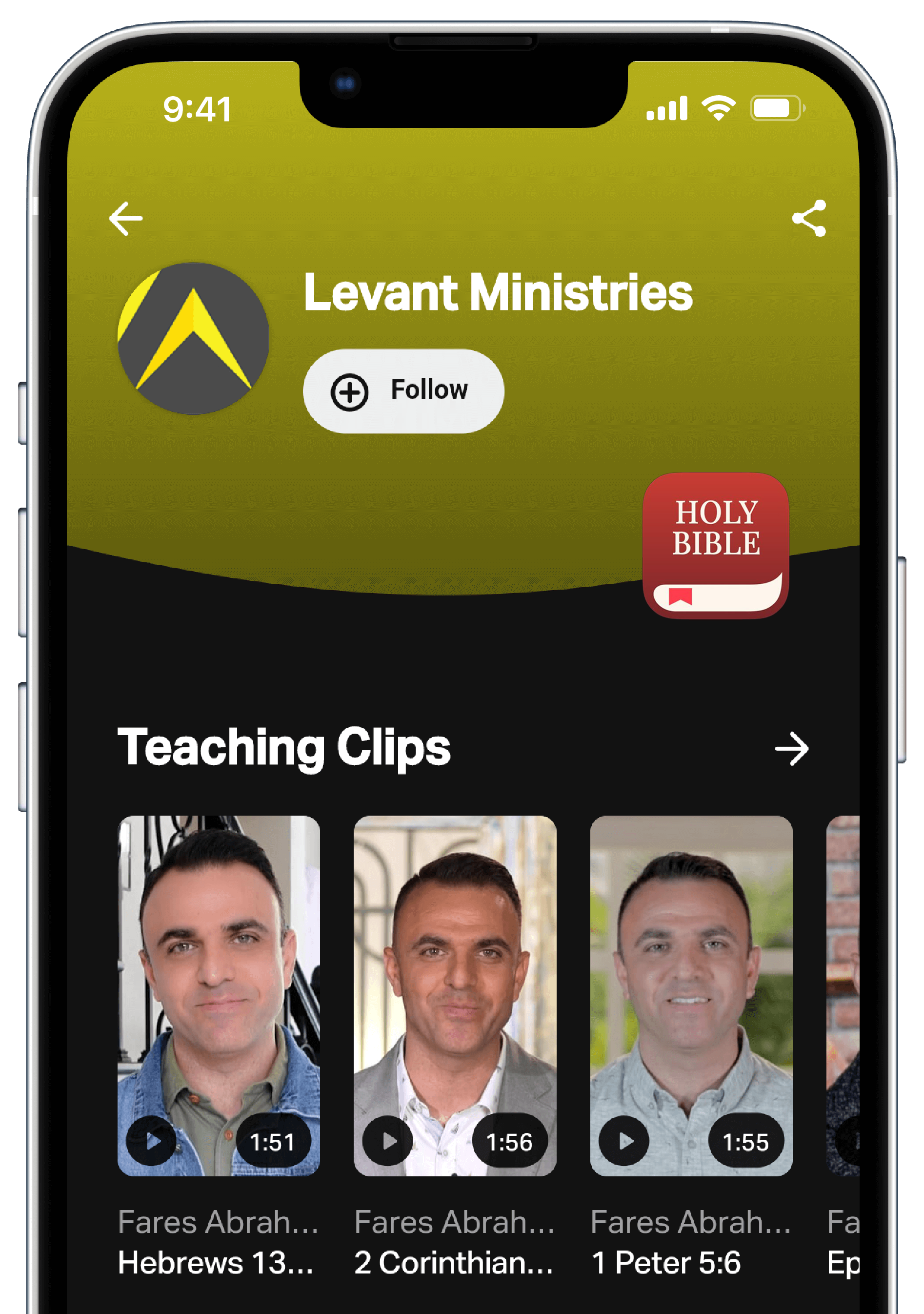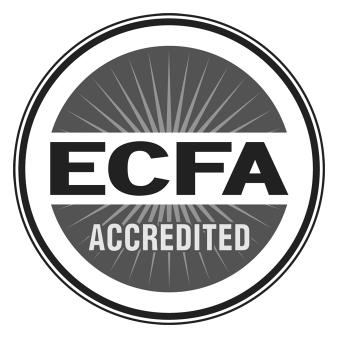When we contemplate the term “church,” what typically comes to mind? Is it a grand edifice with spires reaching towards the sky, or perhaps a congregation gathered within its walls on Sunday mornings? While these are common associations, they fall short of capturing the profound essence of what the Bible truly defines as “church.” To truly grasp its significance, we must delve deeper and ask fundamental questions: What is the Church? What is a church?
The Church: A People Called Out
At its core, the Church transcends mere physical structures or routine gatherings. It comprises individuals, called out by God, drawn from the depths of darkness into His marvelous light. The Greek term for Church, “ekklesia,” literally means “called out.” Christ Himself proclaimed, “Upon this rock I will build my church [ekklesia], and all the powers of hell will not conquer it” (Matthew 16:18). This assembly, this ekklesia, represents those who have been summoned out of:
- A life ensnared in sin, to one characterized by purity and holiness (1 Corinthians 6:11; Ephesians 4:22).
- • A mindset shaped by worldly values, to one rooted in divine truths (Romans 12:2; Philippians 4:8–9).
- • A state of alienation from the Creator, into the family of redeemed children (Romans 5:10; Colossians 1:21).
A Church: A Gathering of God’s People
In its practical application, a “church” signifies the physical assembly of God’s people within a community. Derived from the same root word “ekklesia,” it emphasizes the congregation or assembly of believers. Interestingly, this term was not initially a religious one but held political connotations, denoting a gathering of citizens for civic matters. This hints at the biblical concept of believers on Earth functioning as citizens of heaven, under the authority of King Jesus (Ephesians 2:19; Revelation 19:16).
Ethnic or Multi-cultural?
Debates often arise regarding churches catering exclusively to one ethnic or racial group. The notion of the “homogeneous unit principle” suggests that churches grow faster when they align along existing social lines, avoiding cultural or class barriers to conversion. While understandable, this deviates from the scriptural model.
The earliest churches depicted multi-racial and multi-ethnic communities, exemplified by events such as Pentecost, where believers from diverse backgrounds were gathered (Acts 2:5–11). The church in Antioch similarly embraced Jews, Africans, Greeks, and Syrians (Acts 11:19–26; 13:1–33). Paul emphasized unity amidst diversity, highlighting that all believers are one in Christ (Galatians 3:28).
Embracing Diversity: A Biblical Imperative
Unity among believers serves as a powerful testimony to Christ’s identity as the Messiah (John 17:23). While many congregations remain predominantly homogeneous, a shift towards multi-ethnicity is underway. Churches are increasingly adopting a multicultural ethos, mirroring the biblical vision of a diverse body of believers united in Christ.
Conclusion: A Glimpse of Heavenly Unity
The essence of church transcends physical structures and homogeneous gatherings. It embodies a diverse community of believers, called out by God, united in their faith in Christ. As we strive towards greater unity amidst diversity, we foreshadow the heavenly vision depicted in Revelation—a multitude from every nation, tribe, people, and language, standing before the throne of God in perfect harmony (Revelation 7:9–10). In embracing this biblical model, we honor the profound essence of what it means to be the Church.
Follow Fares on Social Media
Fares on the Bible App
Find Inspiration with Fares’ Teaching Clips on the Bible App
Explore Fares’ “Verse of the Day” teaching clips on the Bible App for encouragement and insight into Scripture. Simple, impactful, and enlightening, these clips are perfect for anyone looking to deepen their faith. Follow Levant on the Bible App to stay updated and inspired.


